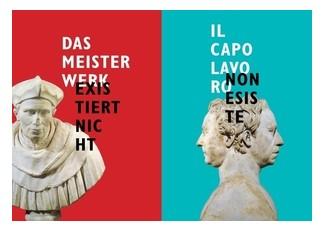Contenuto principale
The 1500s

The innovations and research in the field of art make the 1500s one of the most important periods in the history of Italian art.
Rome is more than just the symbolic centre of Christianity: it becomes the international focal point for artists yearning to refine the taste for the monumental and the grandiose.
The enthusiasm for the archaeological finds of classical art, along with the spiritual tensions of the Protestant Reformation and the successive Catholic Counter-Reformation, are reflected in the subjects chosen for figurative representation.
The contradictions of this century will lead in artistic terms to mannerism, a highly intellectual style whose creations, while using models from the works of antiquity, also assume new forms and meanings. An exquisite synthesis of such content is expressed in the sculptures of Michelangelo, for whom the human figure represented the loftiest of subjects.
Mannerist elements can be found in the polychrome wooden statue seen here representing Hecate, the goddess of the supreme power of the heavens, the earth and the underworld: the unusual subject figure possesses an elegance in its extended, serpentine pose.
The naturalistic attention of mannerism is here exemplified by a terracotta of Alessandro Vittoria, a late 16th-century artist of the Venetian school who, in the sketch for his portrait of the Venice scientist and doctor Apollonio Massa, expresses his adhesion to reality.